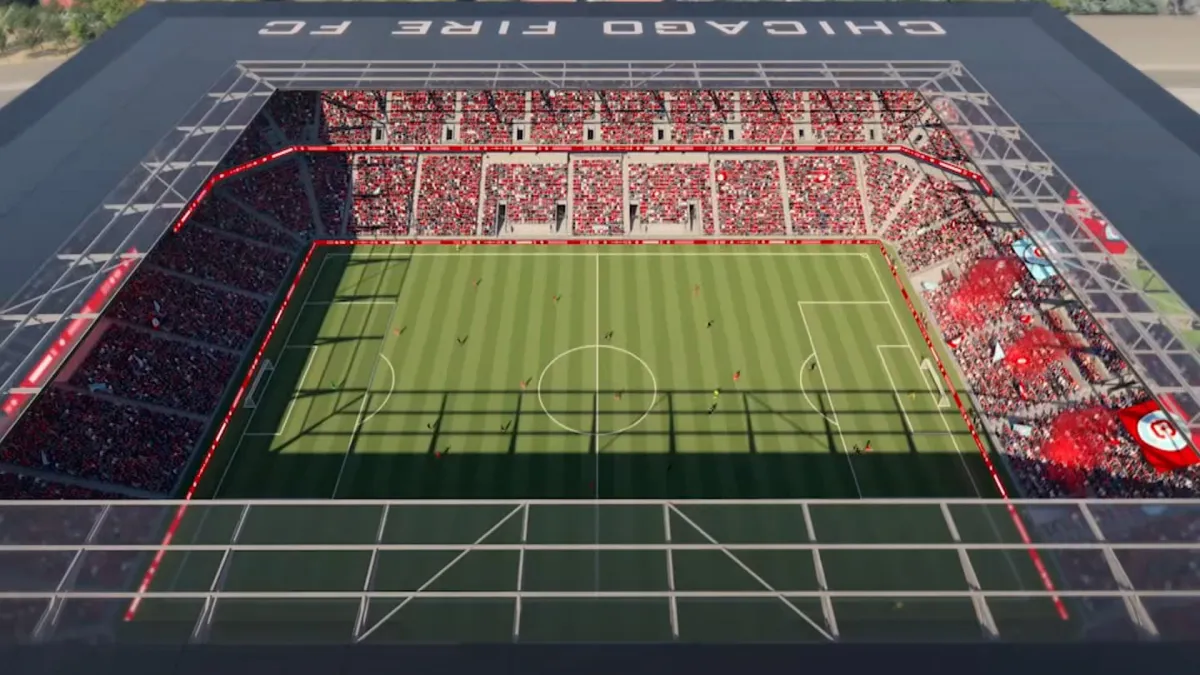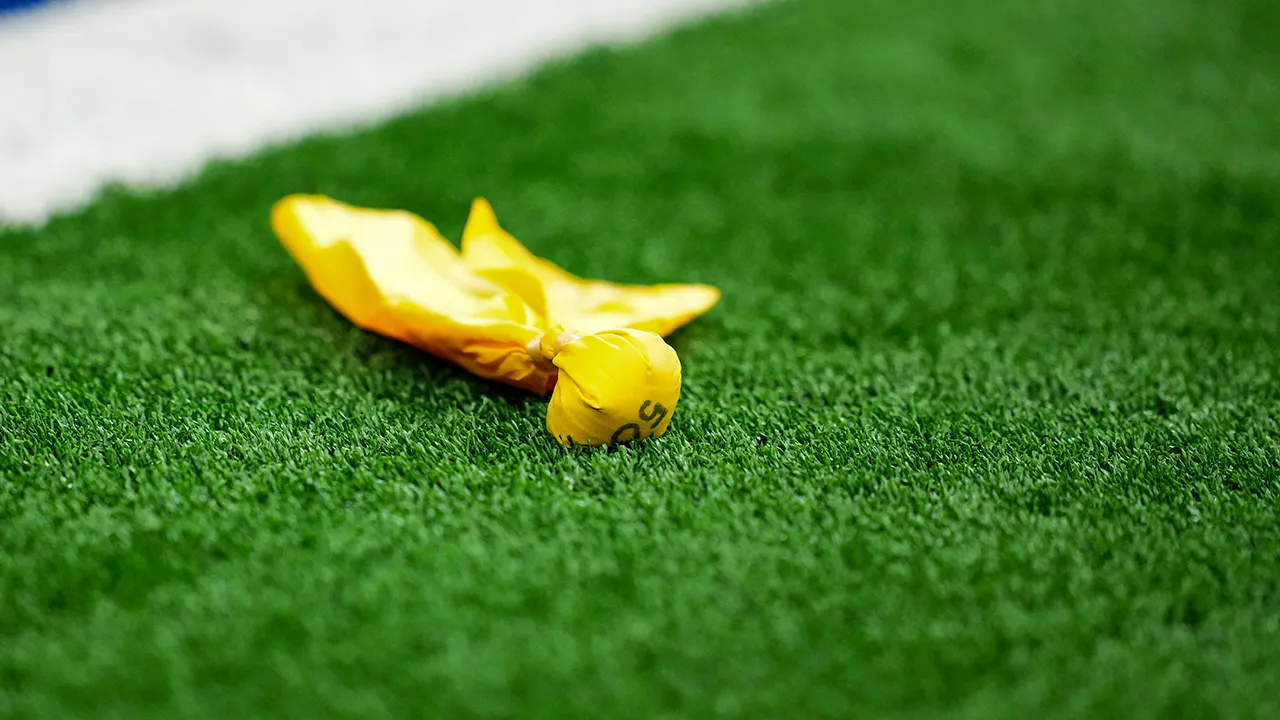
Chicago City Council approved plans for the new Chicago Fire stadium near the city’s downtown Thursday.
Dave Baldwin, president of business operations for Chicago Fire, said he’s “grateful” to have scored the council’s approval for the “transformative project.”
“This will be the first major stadium built in Chicago in three decades,” Baldwin said in a statement.
The $650 million stadium, financed by club owner and Chicago native Joe Mansueto, will “anchor Chicago’s newest neighborhood, The 78,” Baldwin said.
The 78 is located along the Chicago River just south of Roosevelt Road.
Mansueto’s “vision and commitment will give our Club a world-class home while creating a year-round sports and entertainment destination for the entire city,” Balwin said.
Local
Council approval comes months after news of the team’s decision to build the new stadium was first announced in early June. Fans got a first look at what the new stadium could look like later that month when the team released renderings.
Here’s what to know about the new stadium:
What features will be added to Chicago Fire’s new stadium?
Major League Soccer Commissioner Don Garber said the stadium plans are “reshaping the future of soccer in Chicago,” and called the design “one of the most ambitious stadium projects in Major League Soccer history.”
The stadium was designed in what the team called “Chicago School” fashion, “with the enduring elegance of the warehouses that represent the city’s grit and hard work.”
The new stadium will be able to seat roughly 22,000 fans, and the bowl is designed “to prioritize the match viewing experience with seating positions that are dramatically lower and closer to the action.”
There will be a dedicated section built “for the most passionate fans,” which is designed to hold up to 2,000 die-hard fans on bleachers.
A variety of hospitality spaces, amenities and premium seating options will be inside the stadium, including up to 50 suites, more than 500 Loge seats and 3,500 Club seats.
What will it look like?
Take a look at some of the renderings released by the team in June:
How else will the venue be used?
Baldwin said the stadium will also attract “global concerts and events, creating thousands of jobs, fueling economic growth, and driving new energy into the South Loop.”
Officials previously stated they aim to also hold other sporting matches in the stadium, including international soccer matches and rugby matches.
Other potential events that could come to the stadium are festivals, charity events, trade shows and more, officials previously said.
“With this stadium, we have a once-in-a-generation opportunity to catalyze investment that transcends The 78, benefiting area residents while drawing visitors to this vast expanse of downtown riverfront,” Curt Bailey, president of Related Midwest, said in a statement. “Our plan gives us the flexibility to consider every aspect of the fan experience – not only before, during, and after matches, but throughout the year.”
When will it be built?
Construction is slated to begin by the beginning of 2026, officials previously said.
Baldwin said the project remains “on track to open in time for the 2028 MLS season” on Wednesday.



